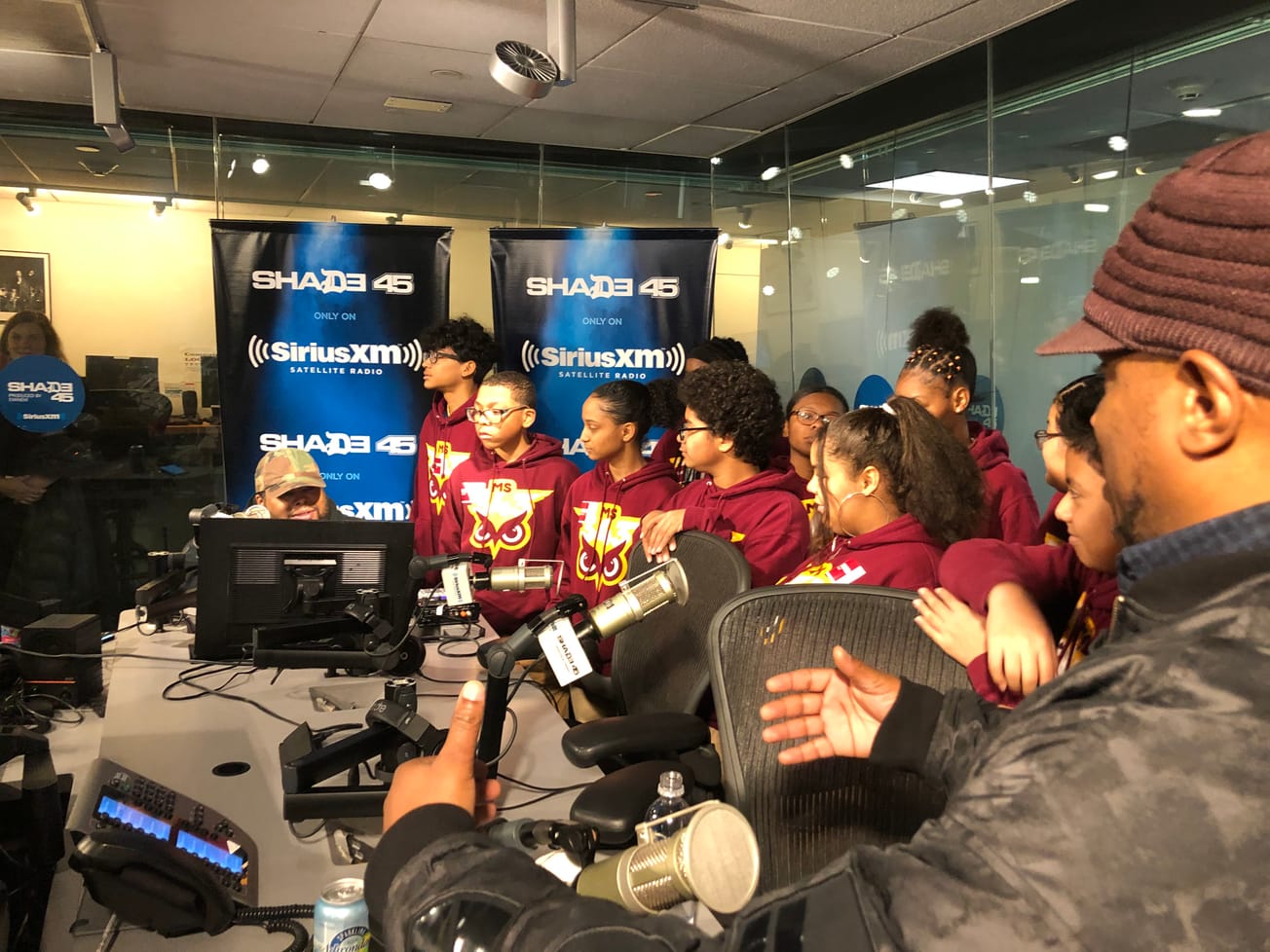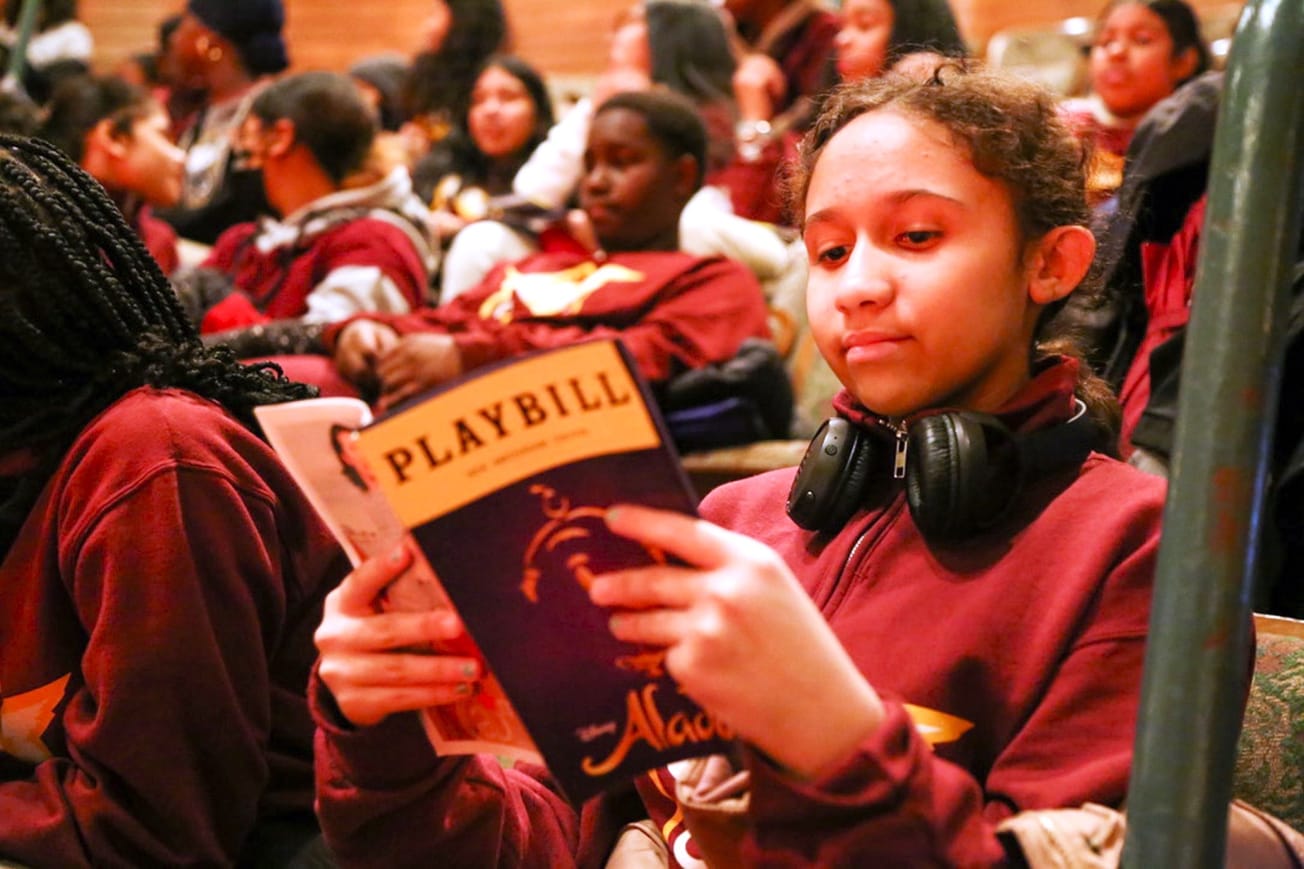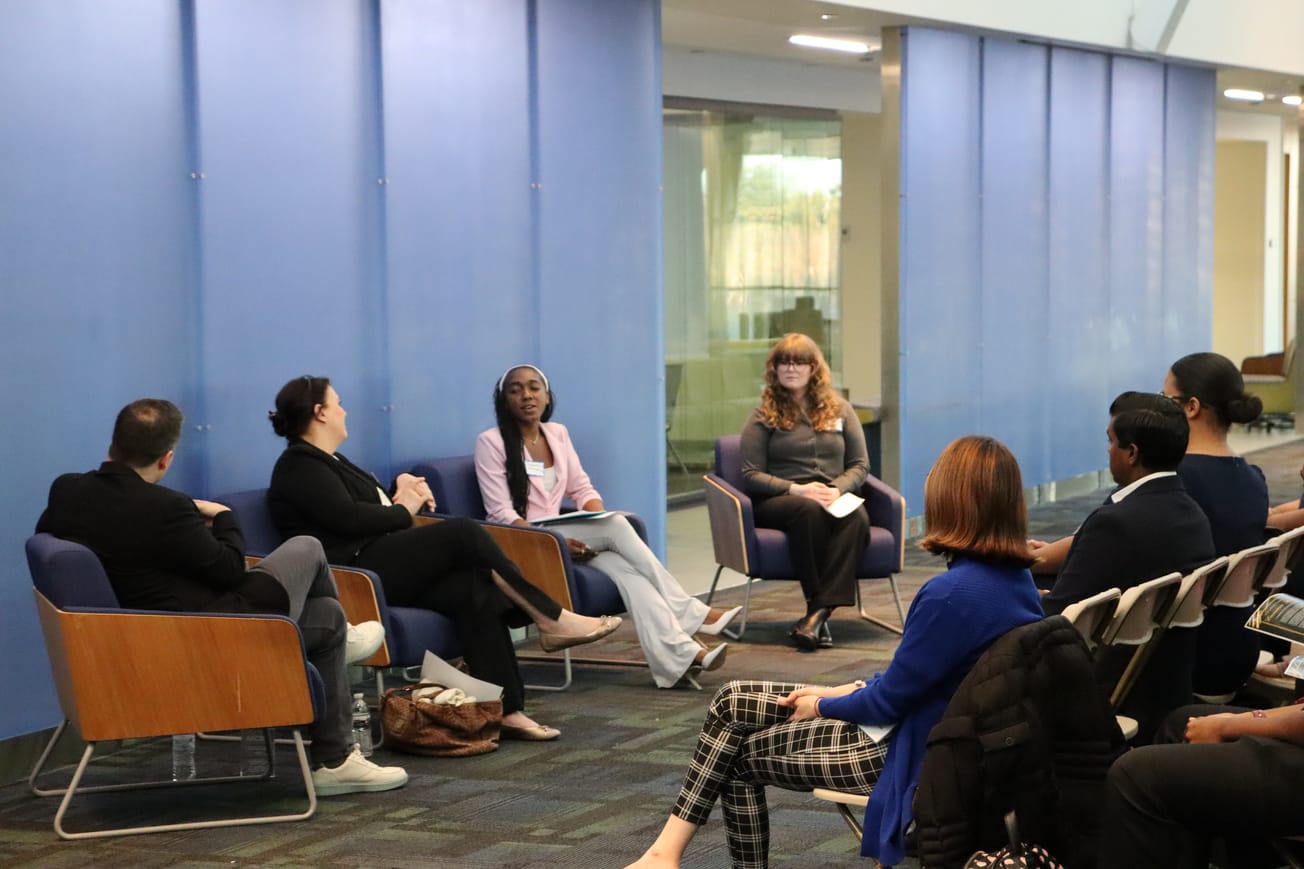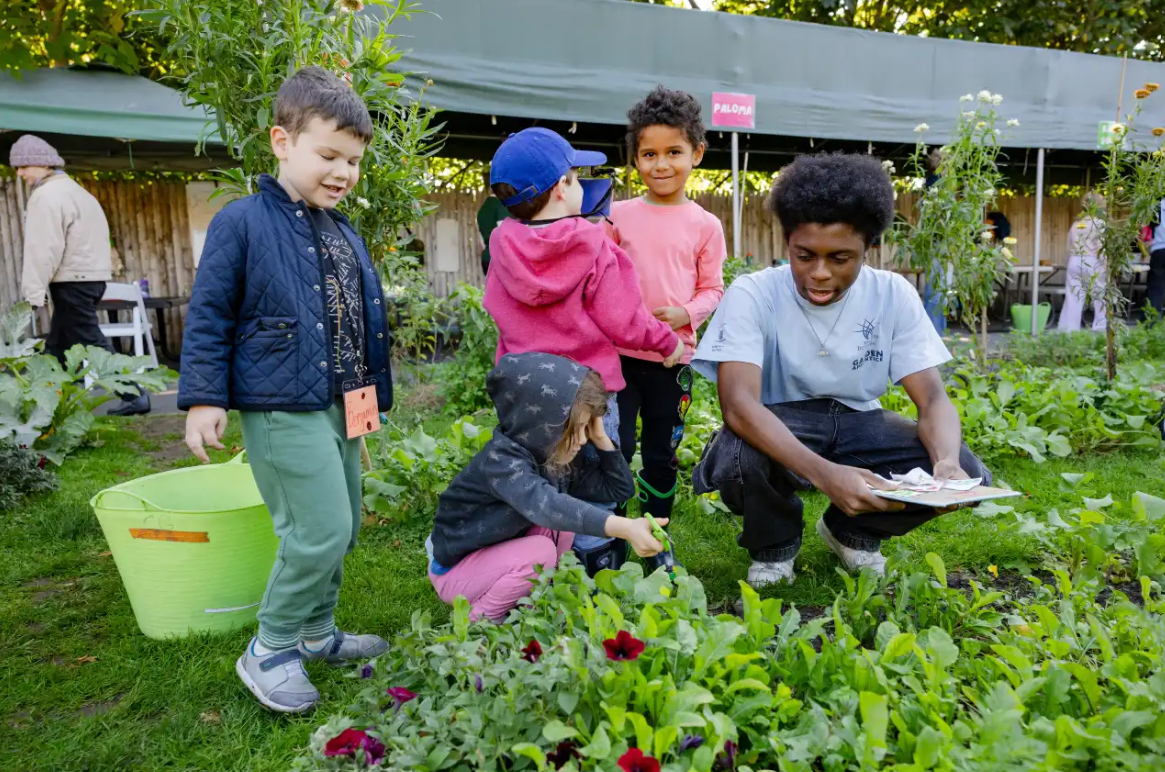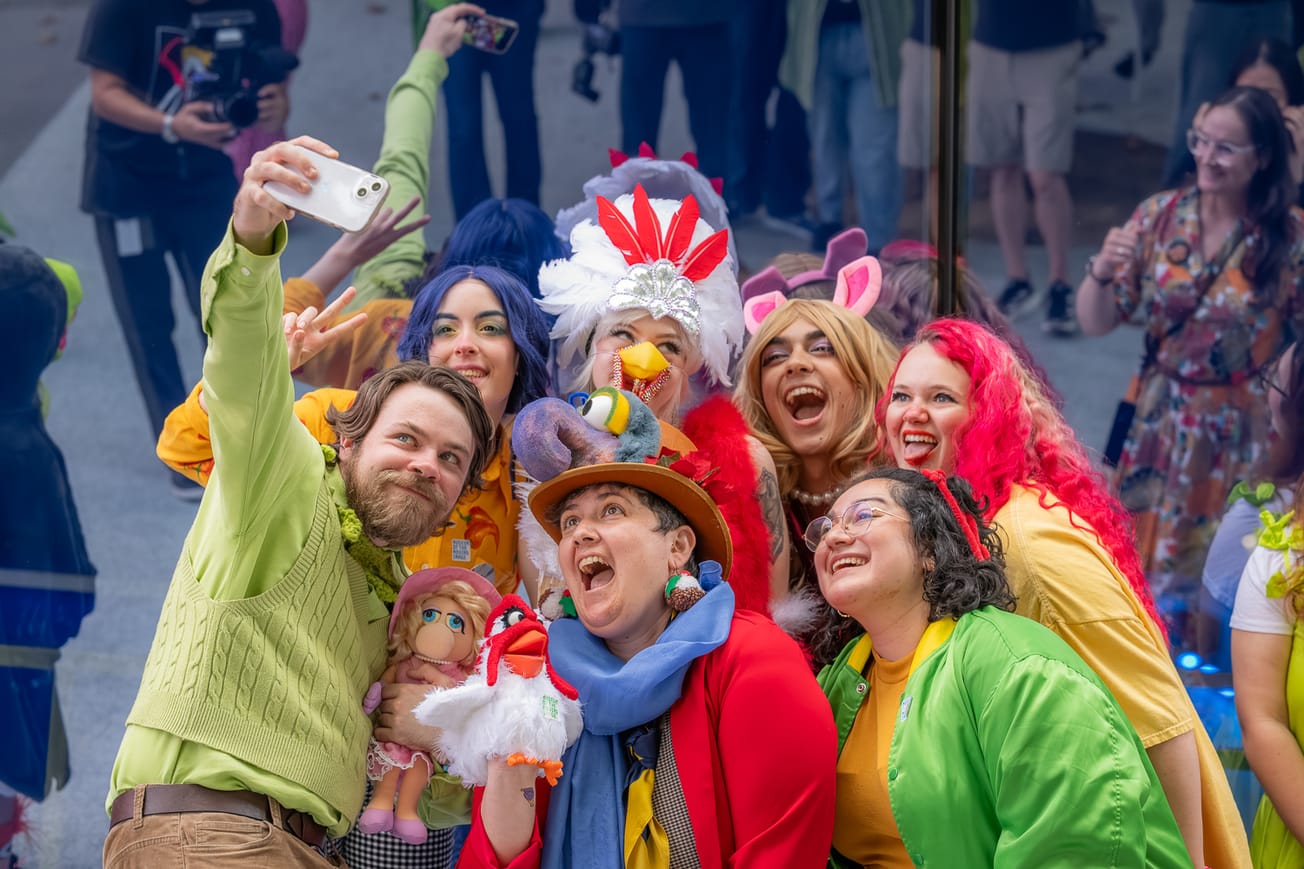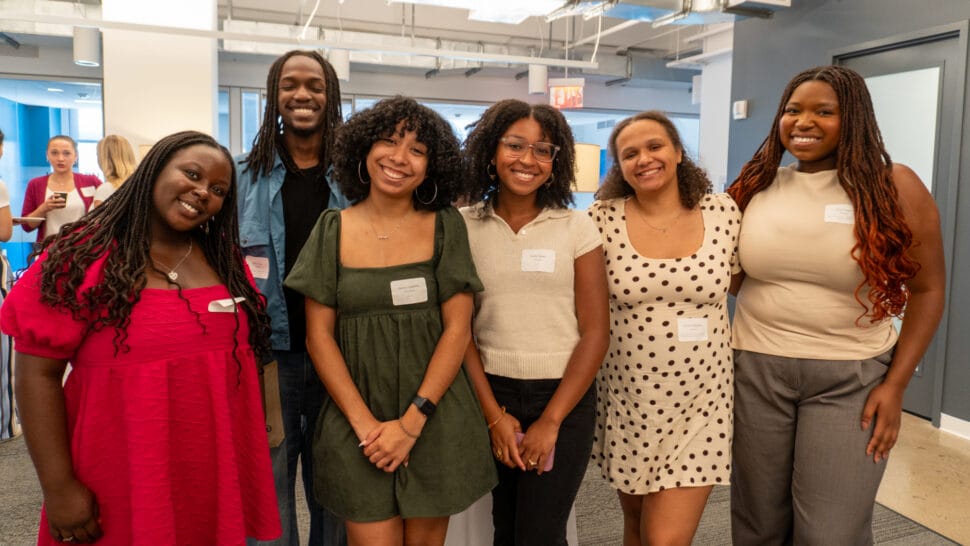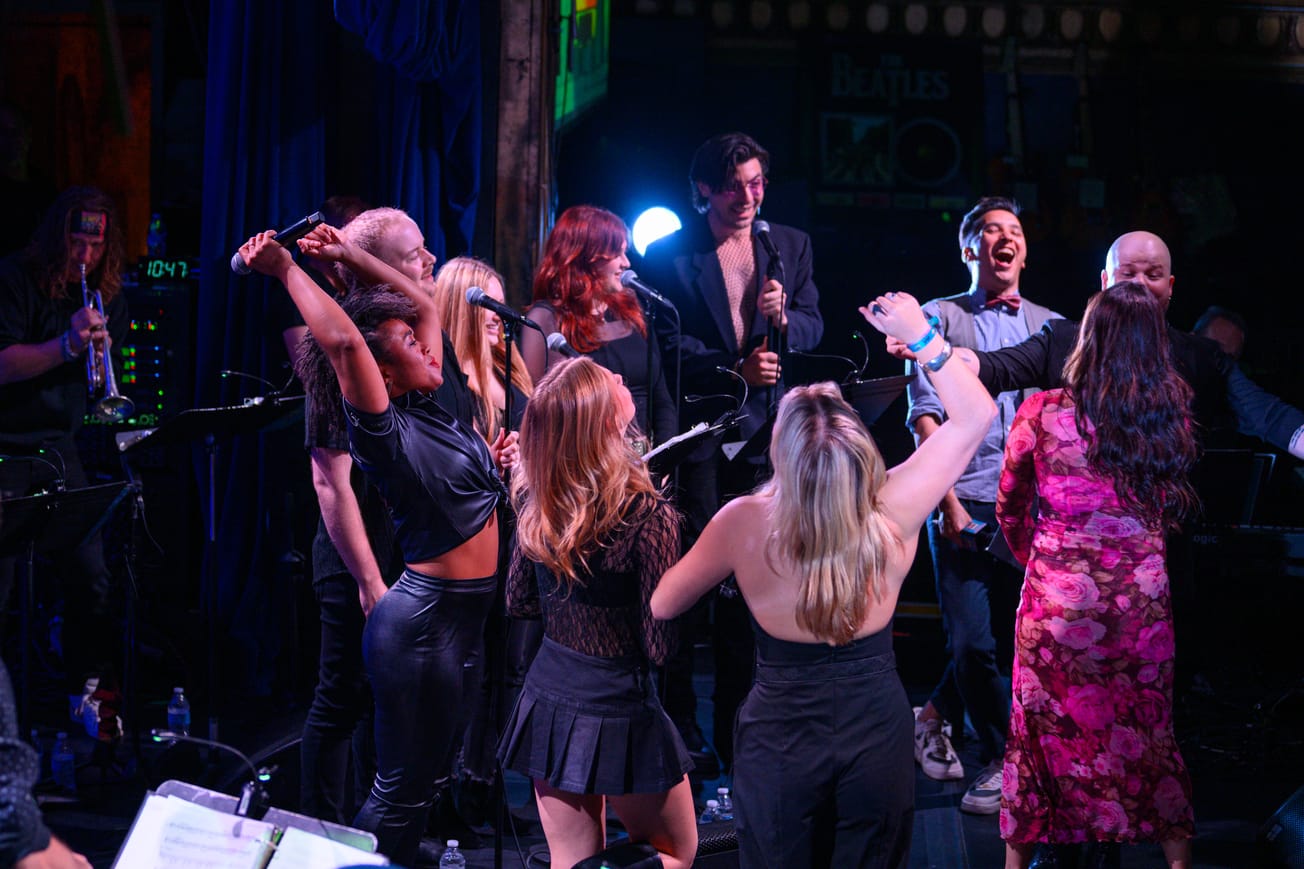The Importance of Closing the Opportunity Gap for NYC Students
New York City boasts a rich tapestry of cultural and live experiences that are world-renowned. From The Lion King on Broadway to the Museum of Natural History, these opportunities are not just entertainment—they are essential learning experiences that can shape young minds. However, for many students in the city, particularly those from low-income families, these experiences remain out of reach due to socioeconomic barriers. This opportunity gap is more than just an inconvenience; it represents a significant disparity in the educational and developmental prospects of New York City's youth.
The Cultural Divide
In a city that is home to over 1.1 million students across more than 1,800 schools, access to cultural and professional experiences is unevenly distributed. The issue of inequitable access is exacerbated by the deep racial and economic segregation present in many parts of the city. According to research by NYU Steinhardt, students from historically underserved communities often lack access to the resources and opportunities that are readily available to their peers in more affluent neighborhoods. This includes access to high-quality extracurricular activities, arts programs, and educational field trips that can ignite passion and open up future career paths.
Samara Berger, Executive Director of Situation Project, highlights the impact of these experiences: "When you take a student to their first Broadway show or introduce them to young professionals who have a vetted interest in helping them grow, you're not just giving them a day out—you're expanding their horizons, showing them what's possible. These experiences can be life-changing because they allow students to see themselves in spaces they may have never imagined."
The Impact of Access
The disparities in access are stark. Research indicates that schools in New York State that serve the highest numbers of low-income students receive, on average, $1,601 less per pupil in combined state and local funding compared to those serving the fewest low-income students. This gap widens further when considering the additional resources needed to support these students effectively. The consequences of this funding disparity are far-reaching, impacting not only academic outcomes but also the ability for these students to participate in enriching cultural and educational experiences.
"In a city like New York, where the arts and business sectors are so integral to the fabric of the community, it's vital that we make these experiences accessible to all students, regardless of their background," Berger emphasizes. "At Situation Project, we’ve seen firsthand how bringing students into these environments can inspire them to dream bigger and work harder."
Bridging the Gap
Addressing the opportunity gap involves more than just funding; it requires a systemic approach to integrating cultural experiences into students' education. Programs like Situation Project that partner with cultural institutions and businesses to provide these opportunities are essential. Moreover, targeted efforts to address transportation barriers, awareness, and school funding are critical to ensuring that all students can benefit from the wealth of experiences New York City has to offer.
"We're committed to making sure that every student in New York City has the chance to experience the richness of what this city has to offer," Berger states. "It's not just about seeing a Broadway show—it's about feeling like you belong in that audience, like you have a place in that world. And when students feel that sense of belonging, it can change everything."
A Call to Action
The opportunity gap in New York City schools is a pressing issue that demands attention and action. By working collaboratively to remove barriers and create pathways for all students to access the cultural and professional opportunities available, we can help ensure that every young person in this city has the chance to reach their full potential. The future of New York City depends on it. Visit Situation Project to learn more about how you can contribute to closing this gap and making a lasting impact.
As Berger sees it, "When we invest in our students' ability to experience the world beyond their neighborhoods, we're investing in the future of our city. These experiences are not just nice to have—they're essential."


